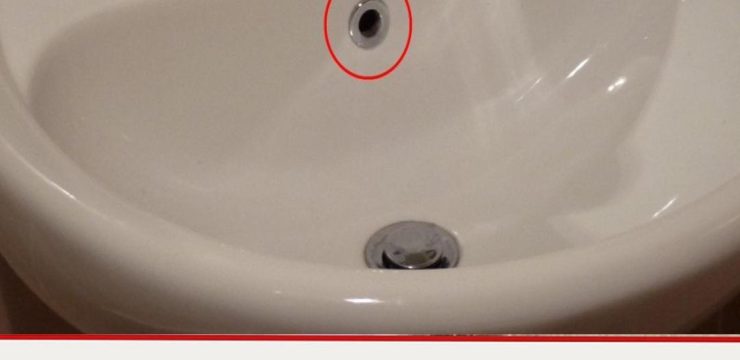Dual flush toilets are a common feature in modern bathrooms, but their purpose often goes misunderstood. Many users assume the two buttons are simply for flushing waste. However, these buttons are part of a clever water-saving system that benefits both the environment and your wallet. Let’s explore how dual flush toilets work, their advantages, and why understanding their function can make a big difference.

How Dual Flush Toilets Work
The dual flush toilet system is designed to provide different water volumes depending on the type of waste. The two buttons serve distinct purposes:
- The larger button: Used for solid waste, it releases about 6-9 liters of water to ensure an effective flush.
- The smaller button: Designed for liquid waste, it uses just 3-4.5 liters, enough for a thorough flush without waste.
This smart mechanism allows users to choose the appropriate water volume for each flush, making dual flush toilets far more efficient than traditional models. By selecting the right button, you can significantly reduce water usage.
The Benefits of Water Conservation
The primary advantage of dual flush toilets is their ability to conserve water. Traditional single-flush toilets use 9-12 liters per flush, regardless of the waste type. Over time, this leads to a considerable amount of wasted water, especially in households with multiple members.
Dual flush toilets, however, can save up to 20,000 liters of water annually for a single household. This not only helps protect the environment but also lowers water bills, making it a win-win for both nature and your finances.
Environmental and Financial Impact
While dual flush toilets may have a higher upfront cost compared to standard models, the long-term benefits far outweigh the initial expense. The reduction in water usage leads to lower utility bills, often offsetting the higher installation cost within a few years. For eco-conscious homeowners, this is a smart investment that aligns with both financial goals and sustainability efforts.
Beyond personal savings, dual flush toilets also contribute to easing the strain on local water supplies and wastewater systems. This is particularly critical in regions prone to droughts or water shortages. As global awareness of water conservation grows, dual flush toilets have become an essential component of sustainable living.
The Origins of Dual Flush Toilets
The dual flush system was first conceptualized by Victor Papanek, an industrial designer focused on creating sustainable solutions. He envisioned a toilet system that would minimize water waste by offering tailored flushing options. The design was first implemented in Australia in 1980, a country known for its innovative water conservation strategies due to frequent droughts.
The success of the system in Australia led to its widespread adoption in Europe, North America, and beyond. Today, dual flush toilets are a standard feature in many homes and public spaces, reflecting the growing global commitment to water conservation.
Why the Confusion Persists
Despite the clear benefits of dual flush toilets, many users remain unsure of how to use them properly. Without clear instructions, people often default to pressing the larger button for all types of waste, negating the system’s water-saving advantages.
To maximize their potential, it’s essential to educate users. Simple steps like adding labels near the buttons or providing usage instructions in public restrooms can help. These small efforts ensure that more people use the system correctly, promoting sustainable living practices on a broader scale.
Conclusion: Small Buttons, Big Impact
Dual flush toilets are more than just a modern bathroom upgrade—they’re a practical and effective solution for reducing water waste. By understanding how they work and choosing the right button for each flush, users can make a tangible difference in conserving water.
While the installation cost may be higher initially, the long-term savings and environmental benefits make dual flush toilets a worthwhile investment. They’re a simple, actionable step toward a greener future.
So, the next time you see two buttons on a toilet, remember they’re not just for flushing—they’re for conserving water, protecting the environment, and making a positive impact, one flush at a time.





